With proper use, it will bring you overwhelming comfort and joy on your next hike.
I first heard about Pertex Shield Air, the material adopted for the UL-All-weather series, about three years ago. At the time, we were conducting research on rainwear at the Yamatomichi Lab. Interested in our research results, Pertex contacted us and provided us with sample fabrics of the Pertex Shield Air before it was officially released.
Initially, I thought that with Pertex Shield Air I could make new rainwear that was simply lighter and more breathable than the NeoShell (an air/moisture-permeable waterproof fabric).
However, the potential for the fabric was far more profound than that. During a field test I conducted at Taisetsuzan Hokkaido at the end of August, I realized that there was a need to differentiate this amazing fabric from traditional rainwear.
There are no trees on the ridges of Taisetsuzan in Hokkaido, and no place to take refuge. In this environment, with strong winds and light rain, I wore a prototype jacket using Pertex Shield Air and was pleased with the comfort and dryness it provided in active situations. However, I noticed that my body heat was immediately ventilated outside during my breaks.
Rainwear is usually known to protect you from the wind and is able to somewhat retain body heat. The All-weather series is different. It is as if the jacket is telling you “Don’t stop moving!” We can’t deny the benefits it brings in terms of dryness, and breathability, but we also cannot deny the lack of heat retention when resting. In other words, it is difficult to keep warm with this garment alone, especially in bad weather.
To be honest, I was a bit worried. I thought that if the wearer used this fabric without knowing its flaws, it could be truly dangerous.
For ages, I have been wishing for rainwear that could be worn at all times, and rainwear that had a little bit more breathability. I went as far as thinking that fabrics that weren’t breathable were no good. But that was not the case. Excellent breathability will vent the heat out but will lead to less heat retention in bad weather. On the contrary, rainwear with high thermal insulation tends to trap heat and become stuffy during activities.
While it excites me that the gear I wanted took shape, I also worried at times. I’ve come to realize that the Pertex Shield Pro, the fabric used for our UL Rain series, has a good balance of warmth and breathability.
But in the end, I decided to release this product because I was thrilled that the answer I had been seeking for many years had finally taken shape and because I truly felt from the bottom of my heart that this fabric would make very interesting gear.
Choosing the right gear may differ depending on its purpose. There is no doubt that this is a garment that active hikers and trail runners have been on the lookout for many years, but it may not be the best fit for those who are not looking to stay highly active while hiking.
To conclude, I could have used a lighter material, but since I decided to use the name “All-weather,” I wanted to maintain a certain level of durability and strength, as well as a sense of elasticity, so I was particular about the combination of outer and inner fabrics for the garment. Ultrasonic welding has also evolved.
At first glance, you may think, “What’s changed from the UL Rain series?”
But trust me, they are very different.
(June 2021)

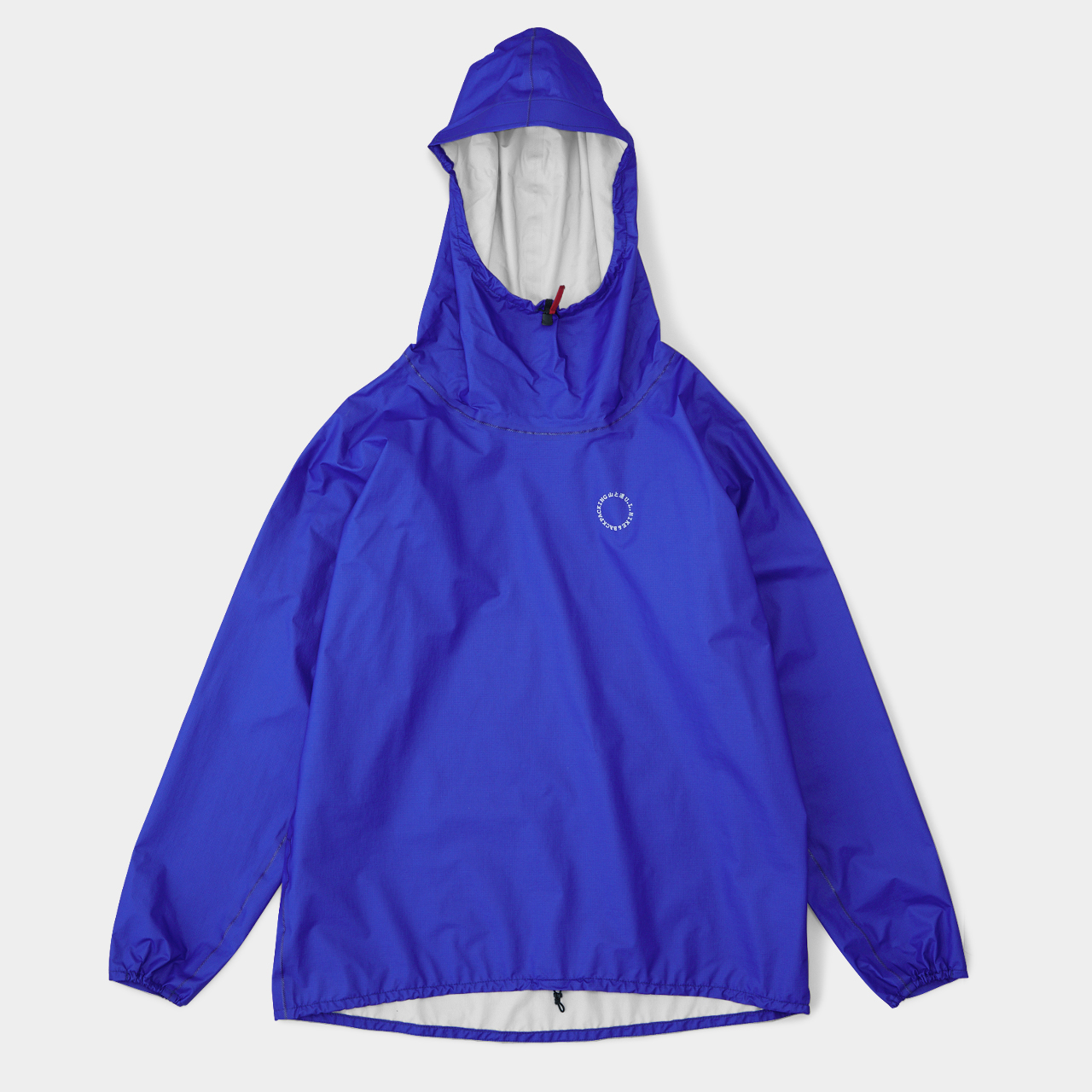
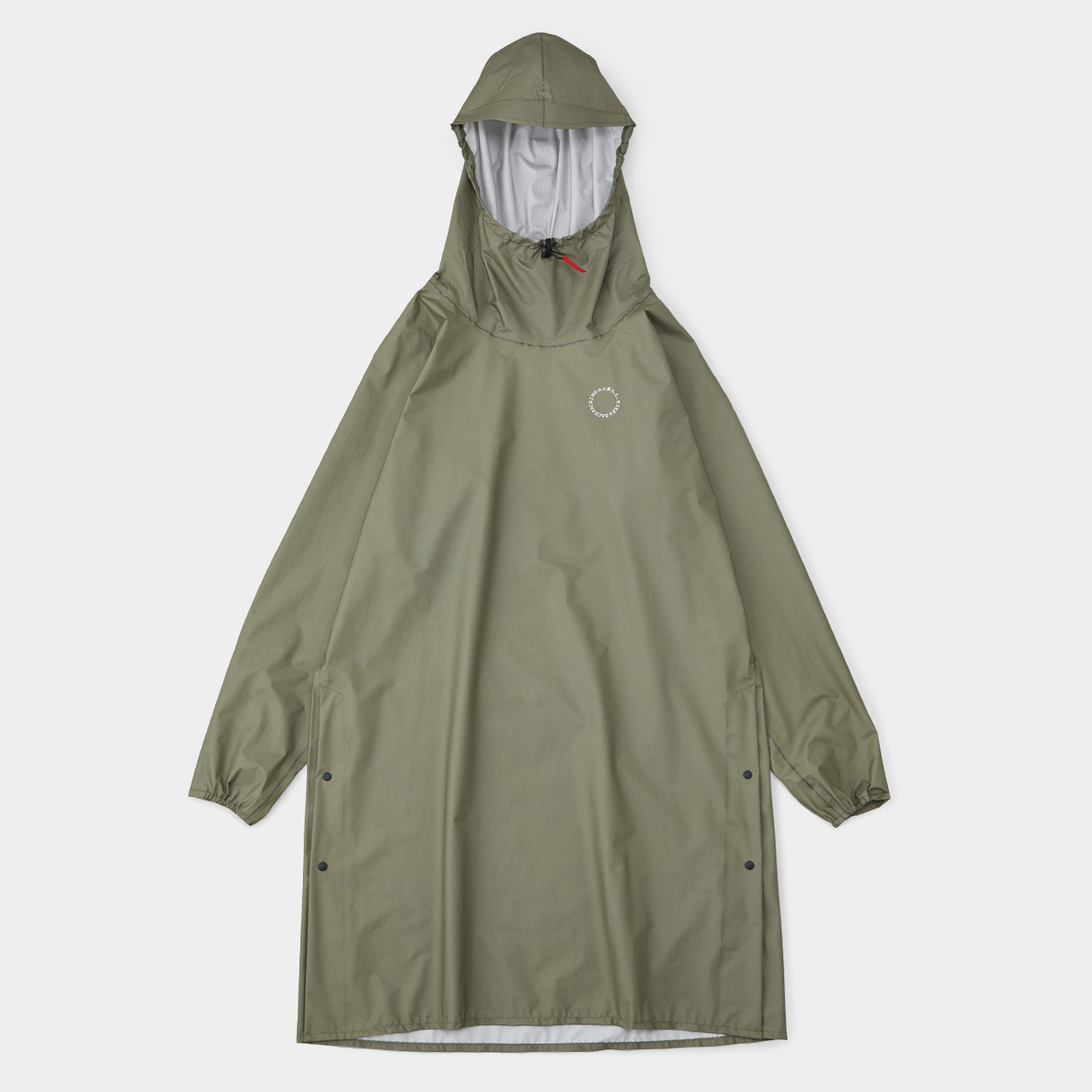
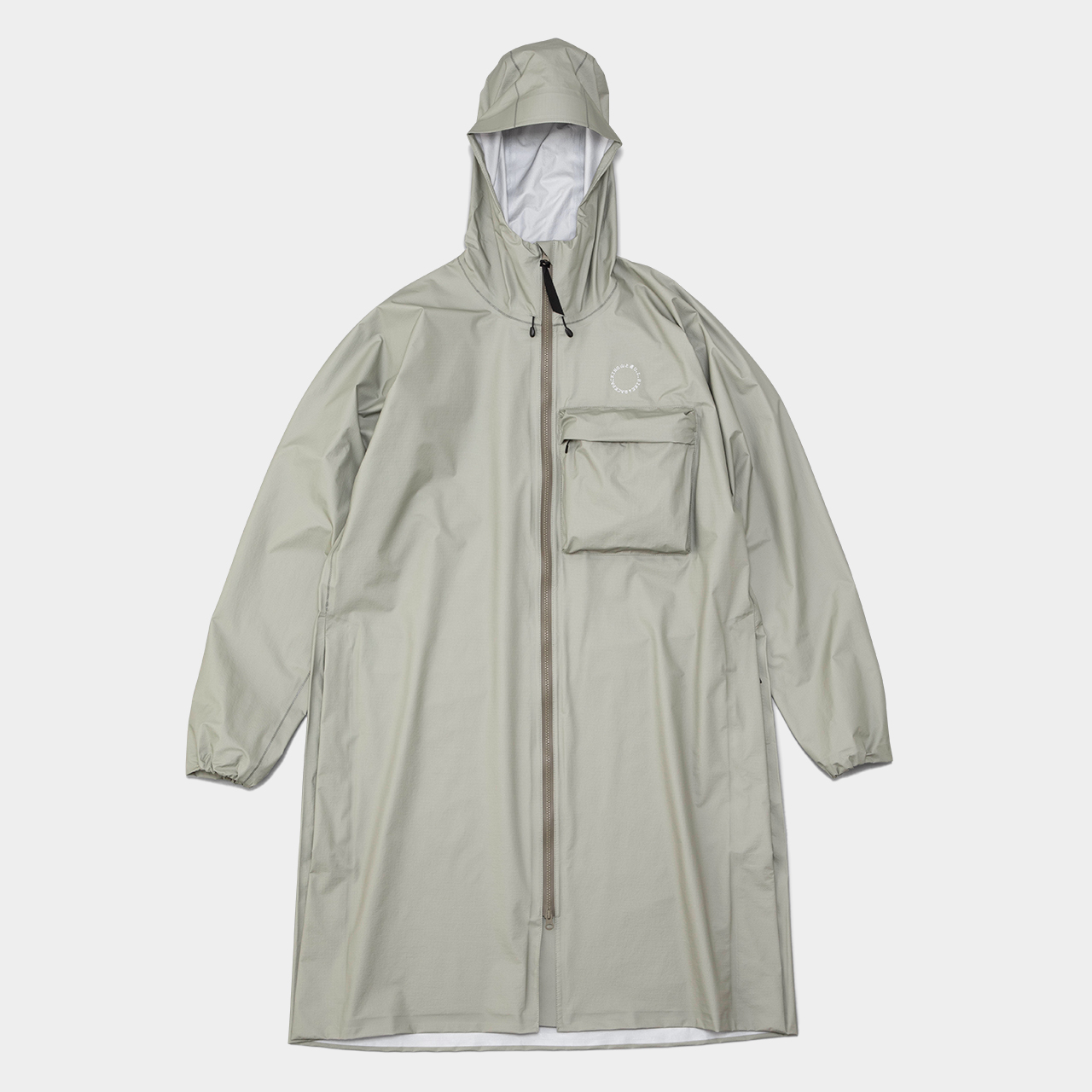
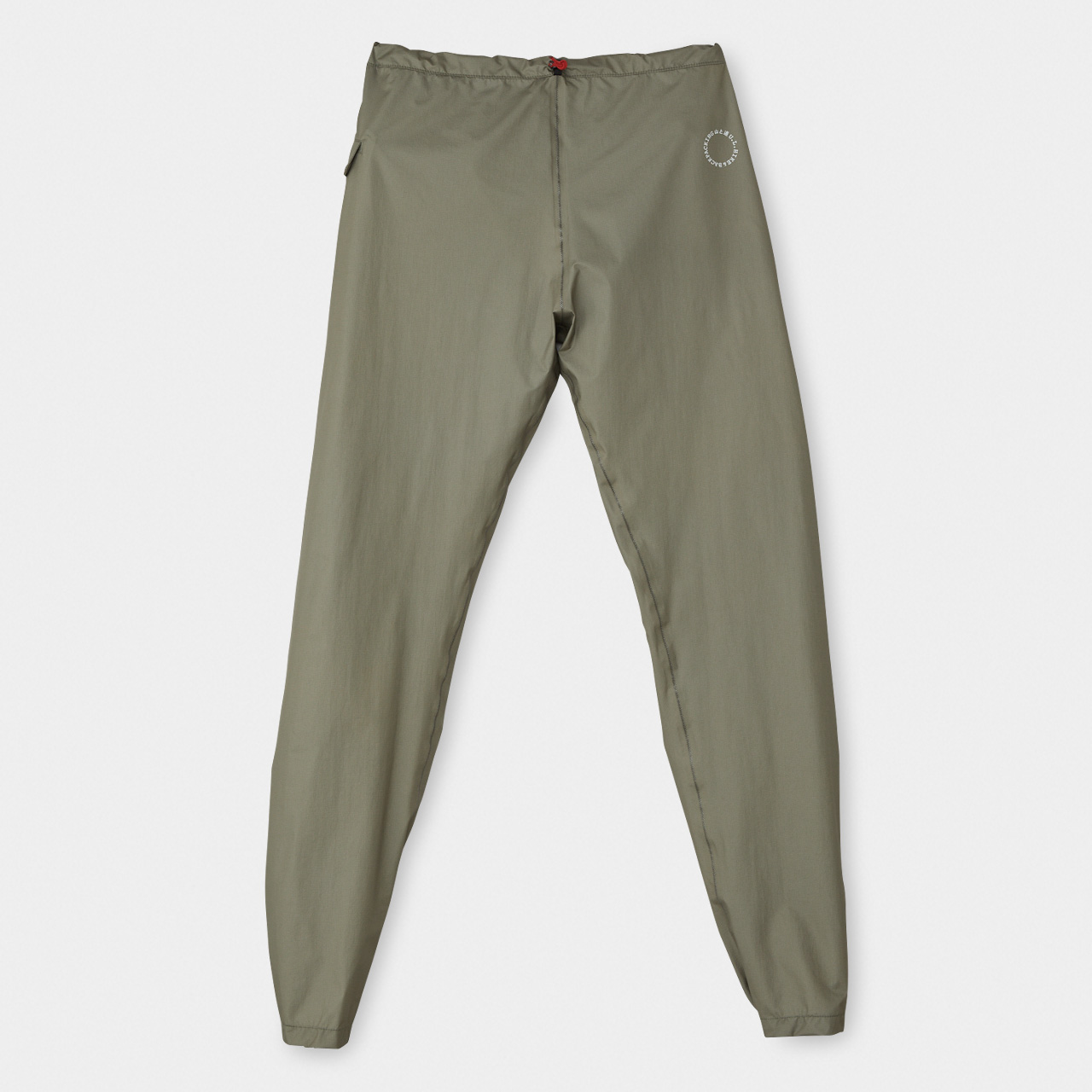
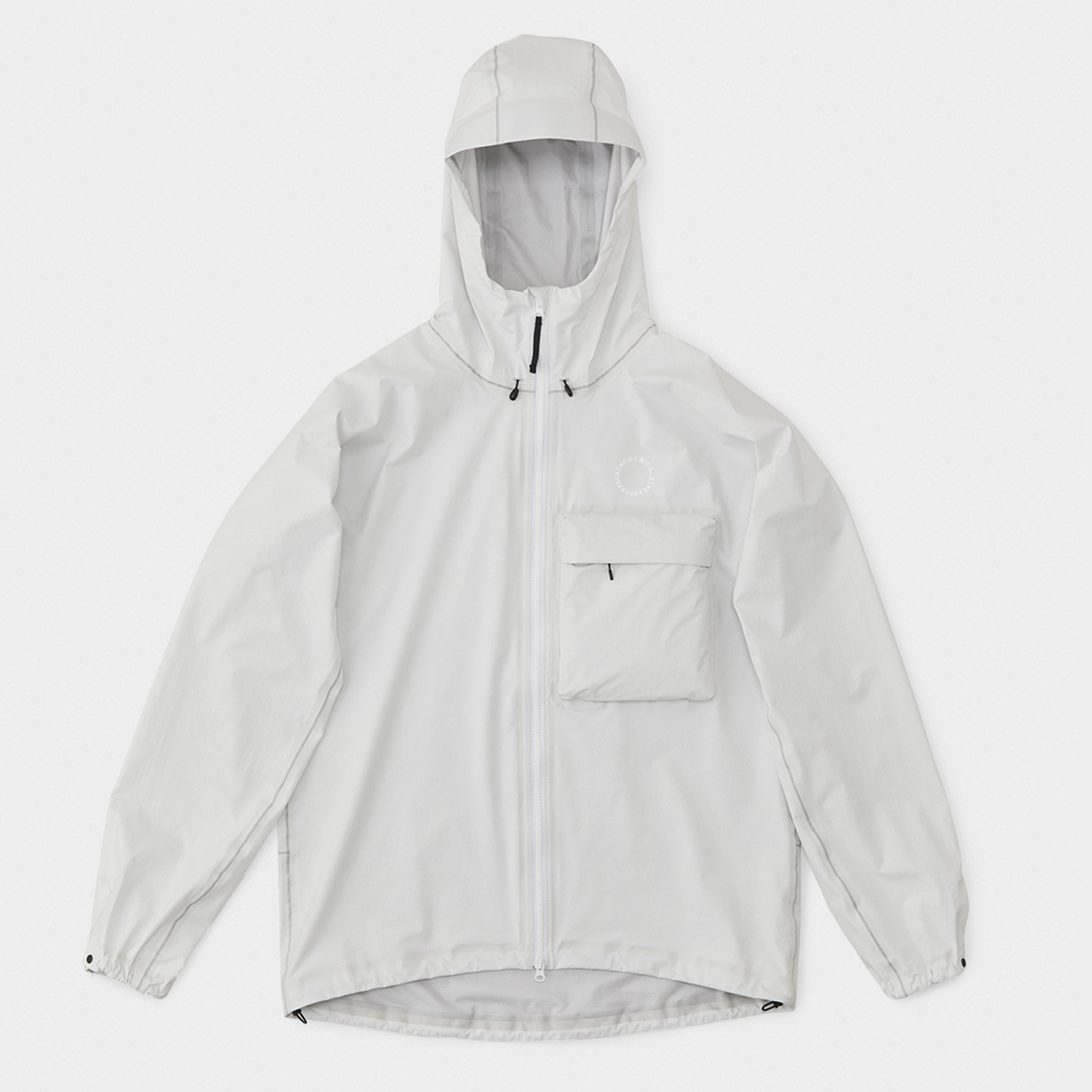







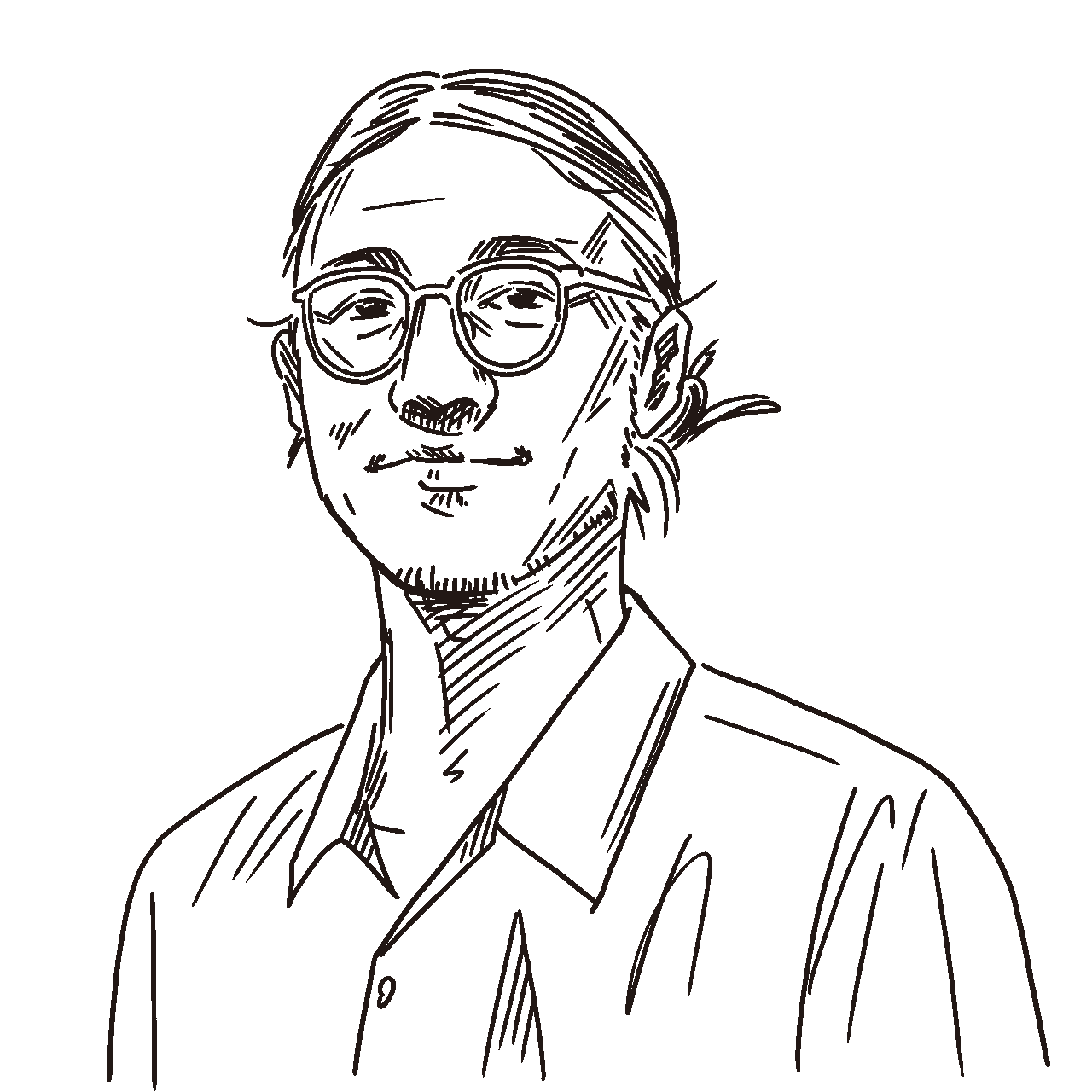
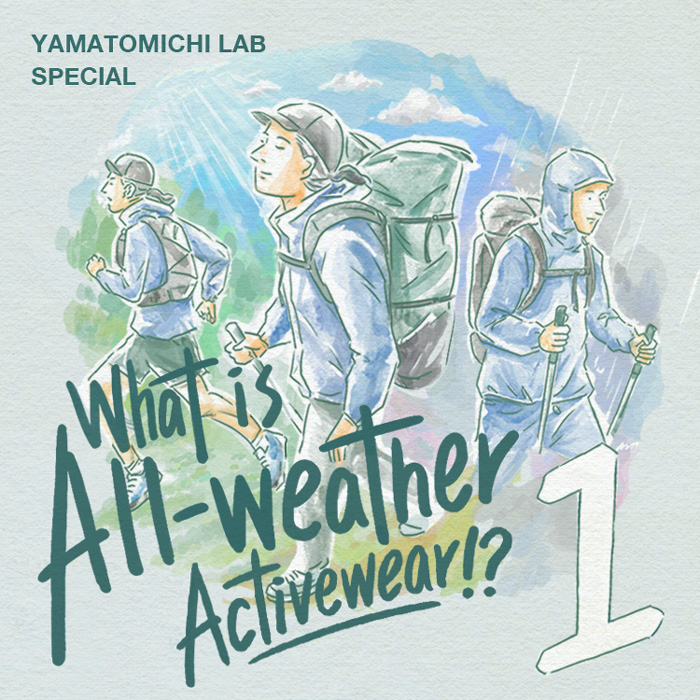
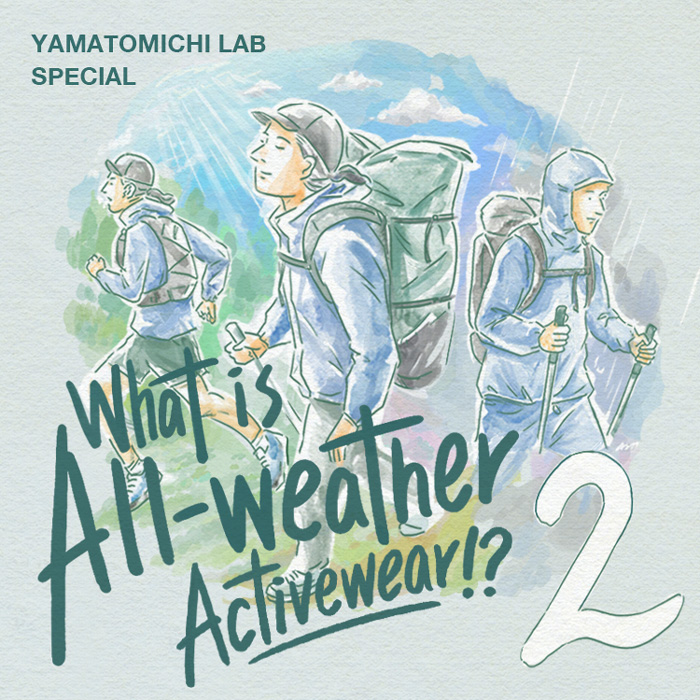
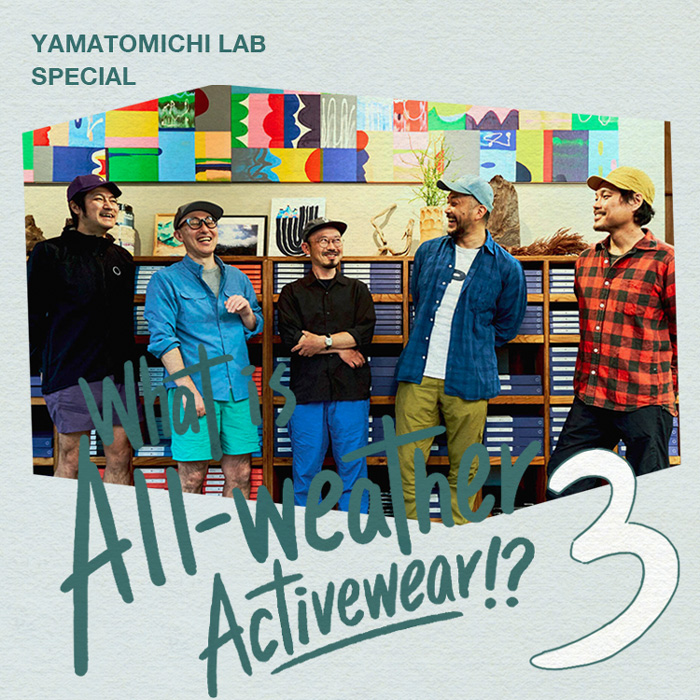
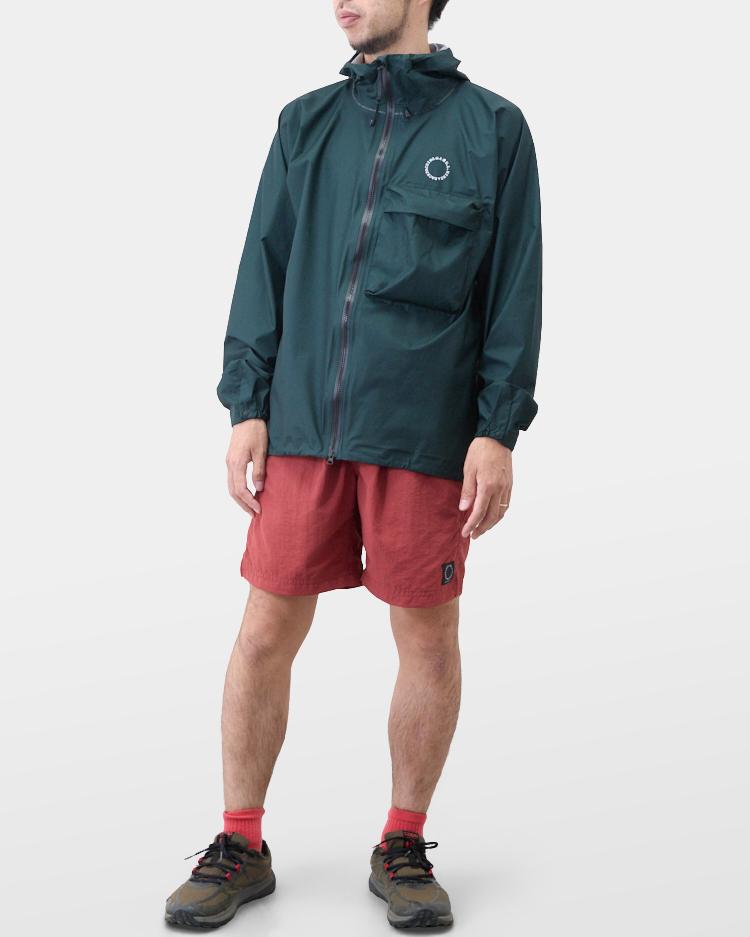
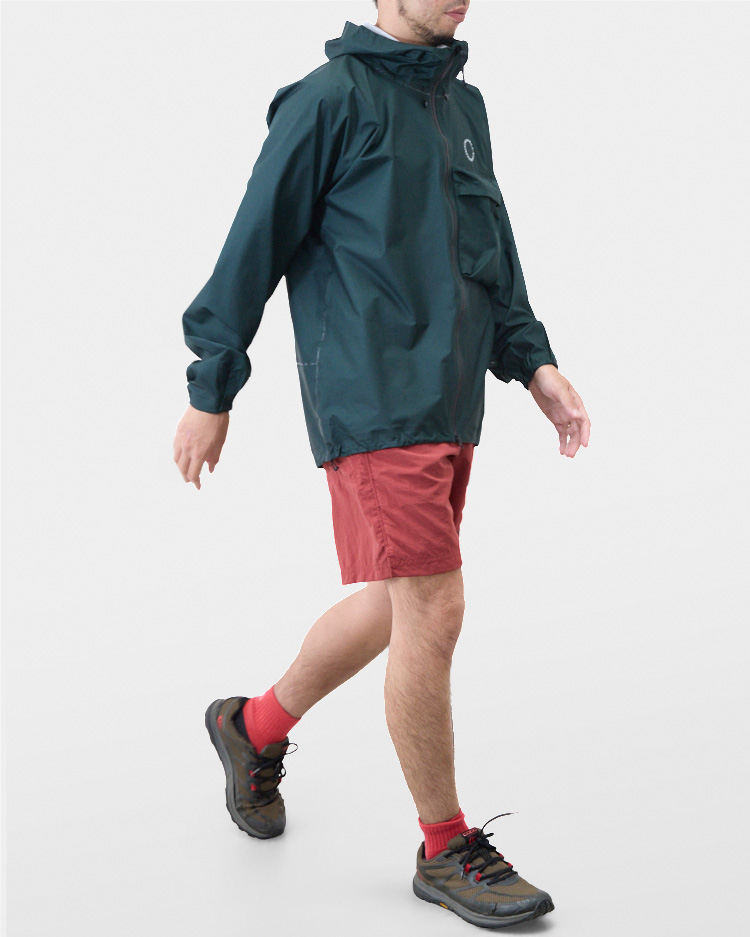
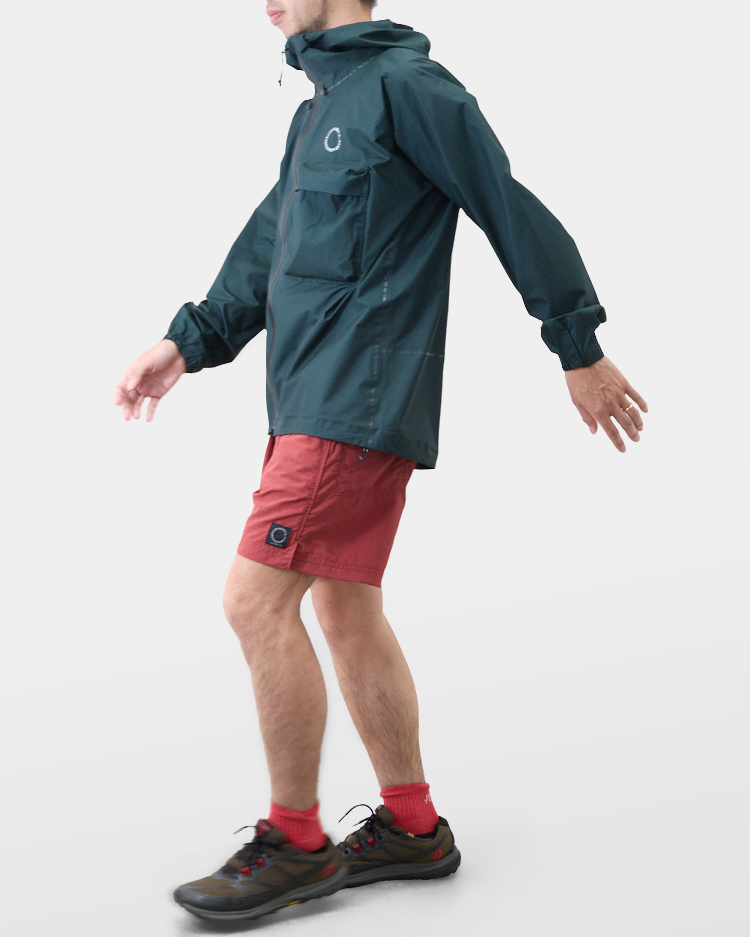
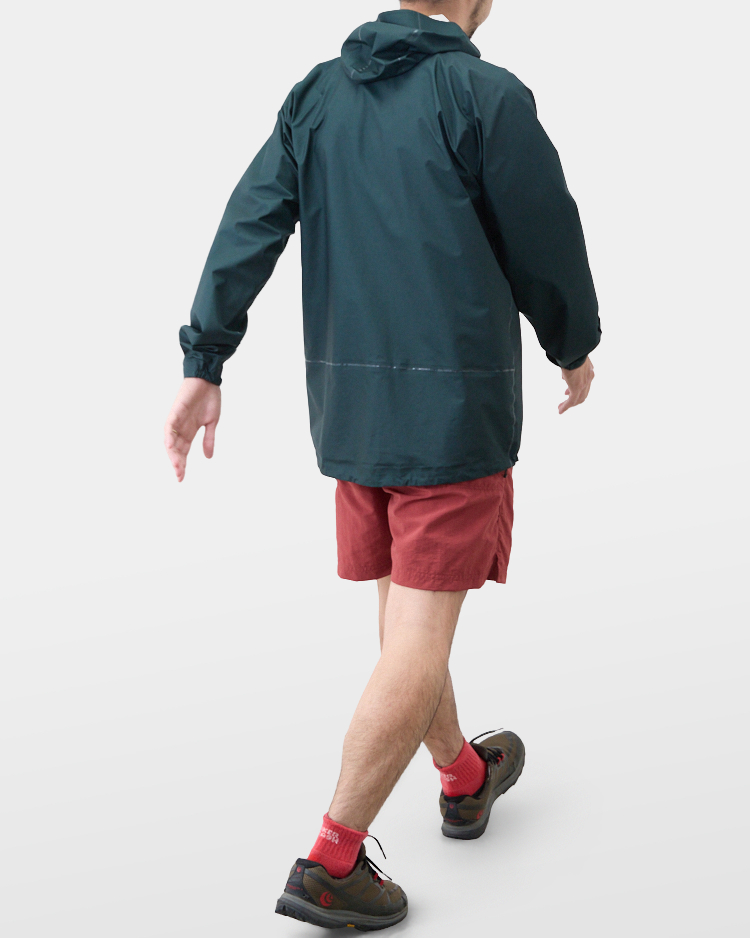
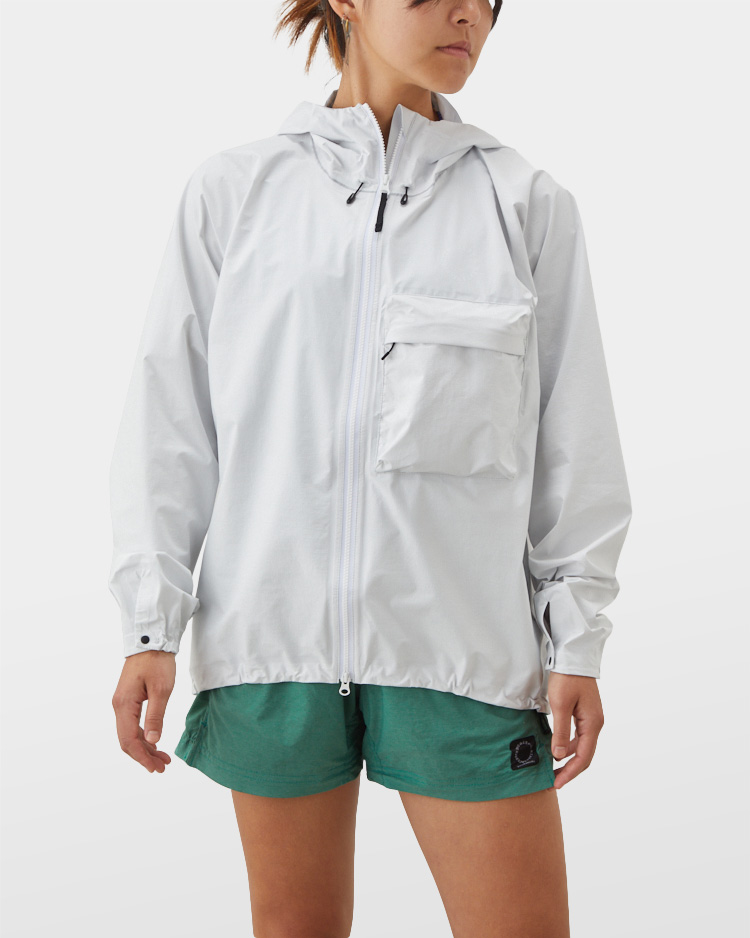
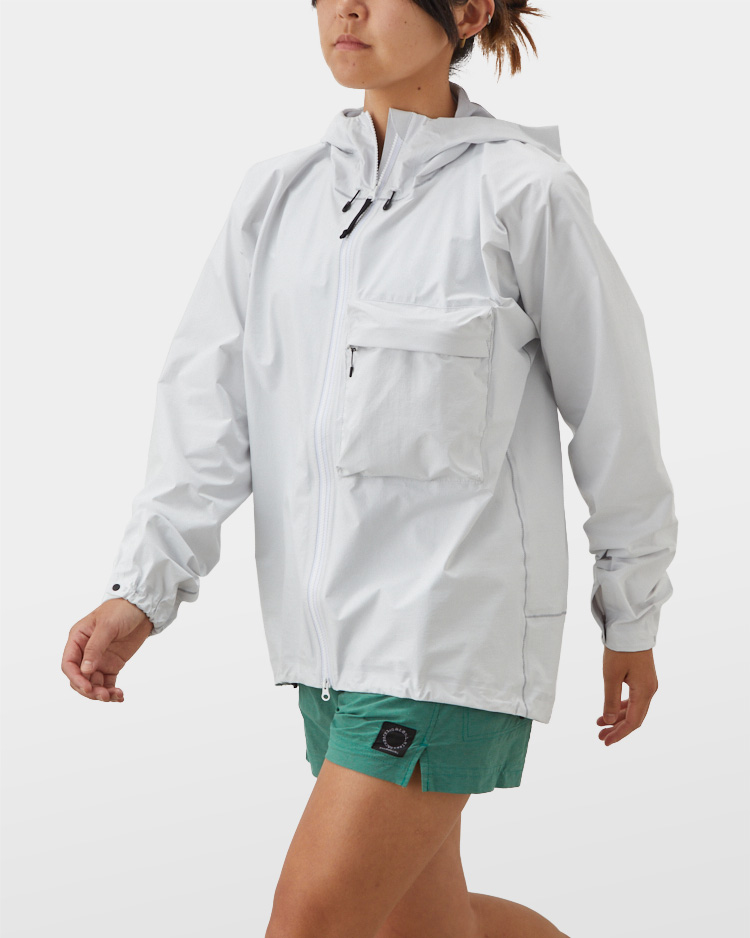
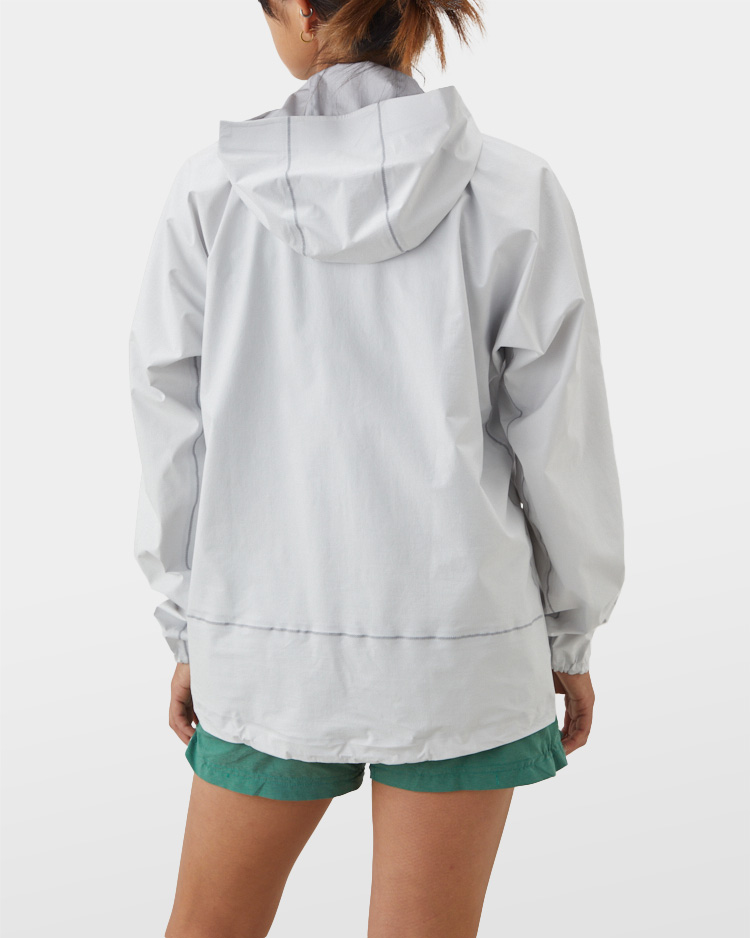
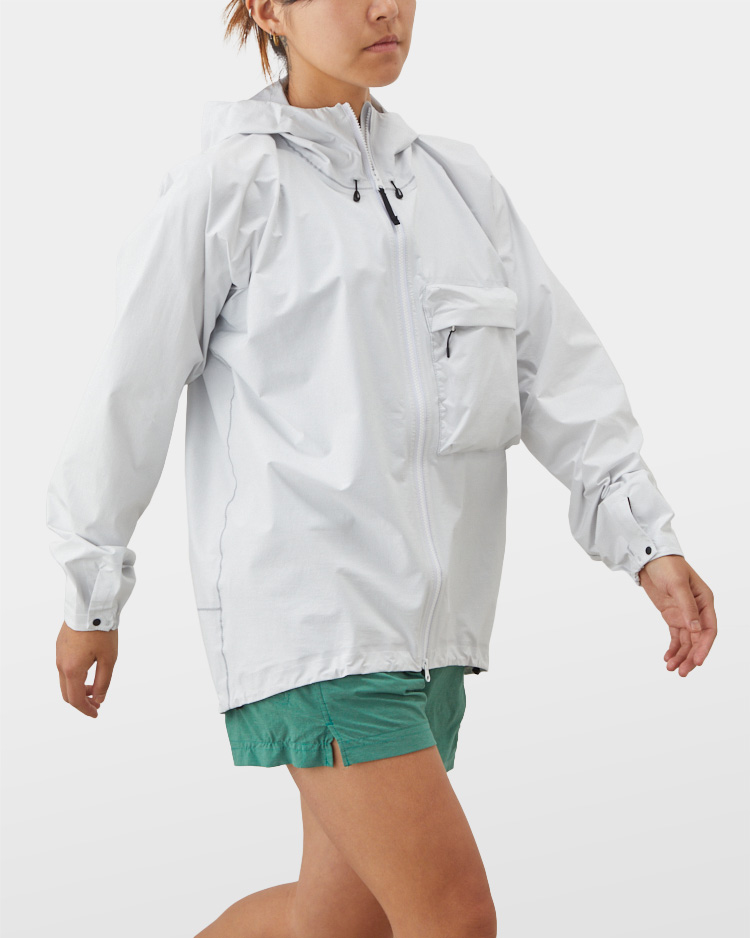
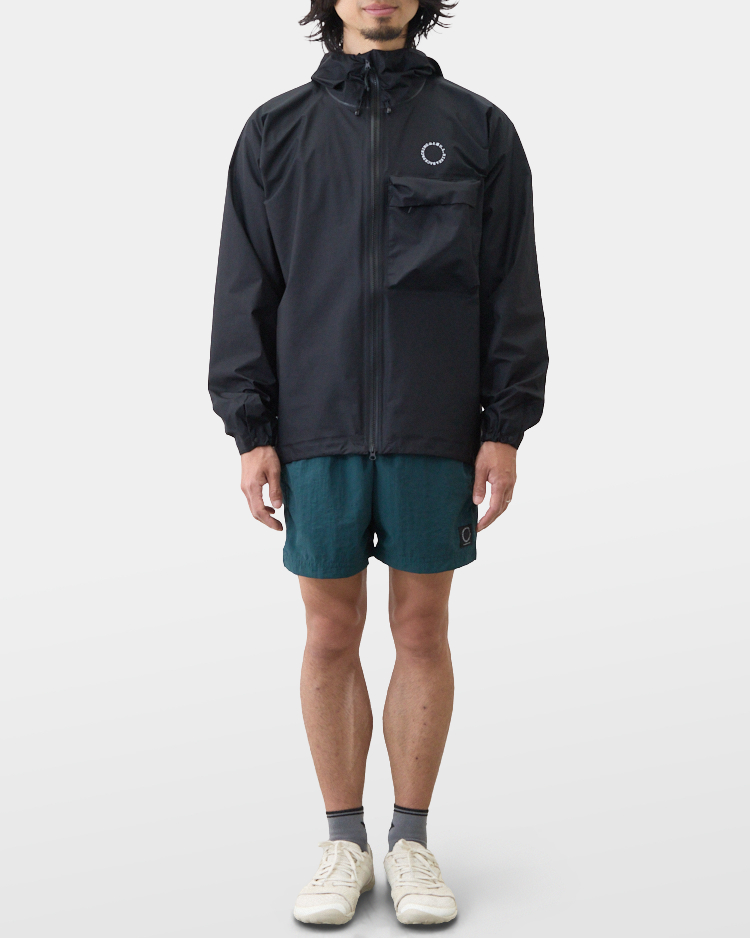
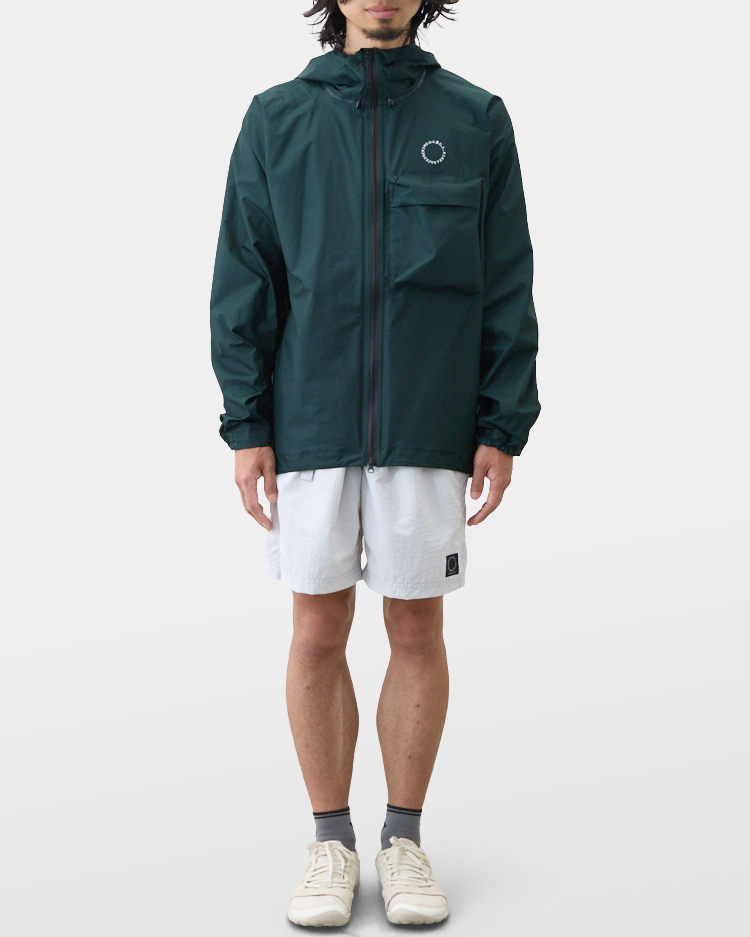
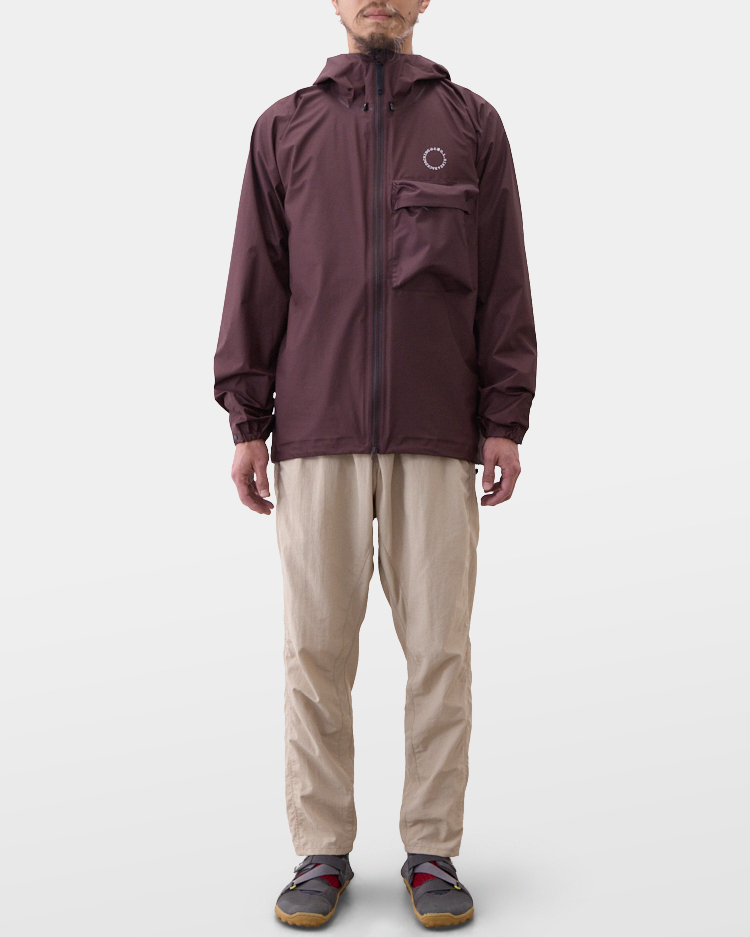
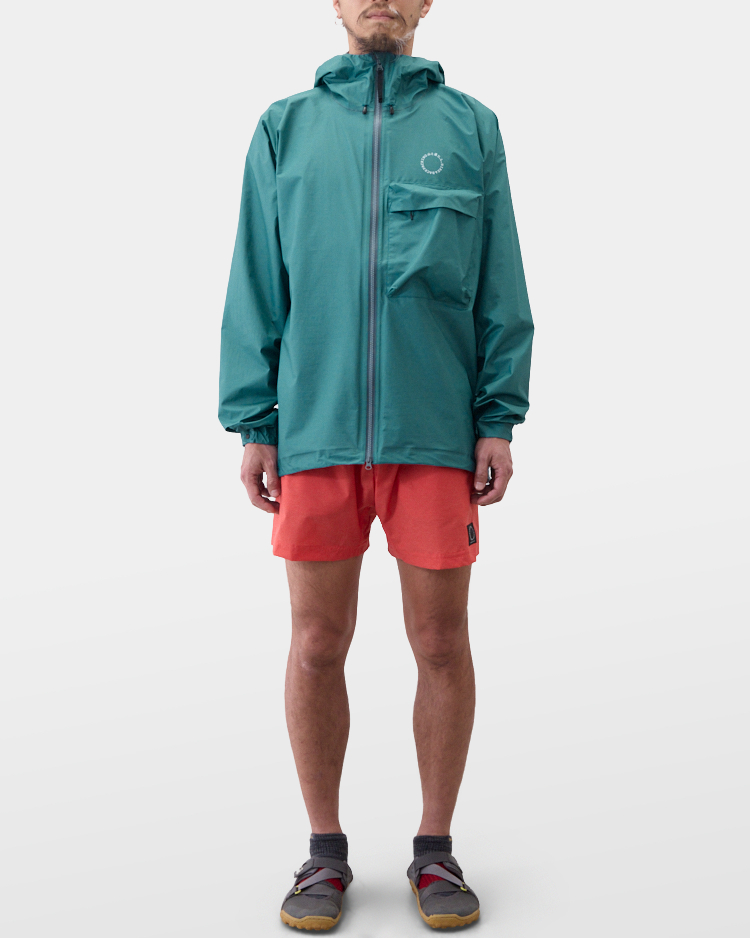
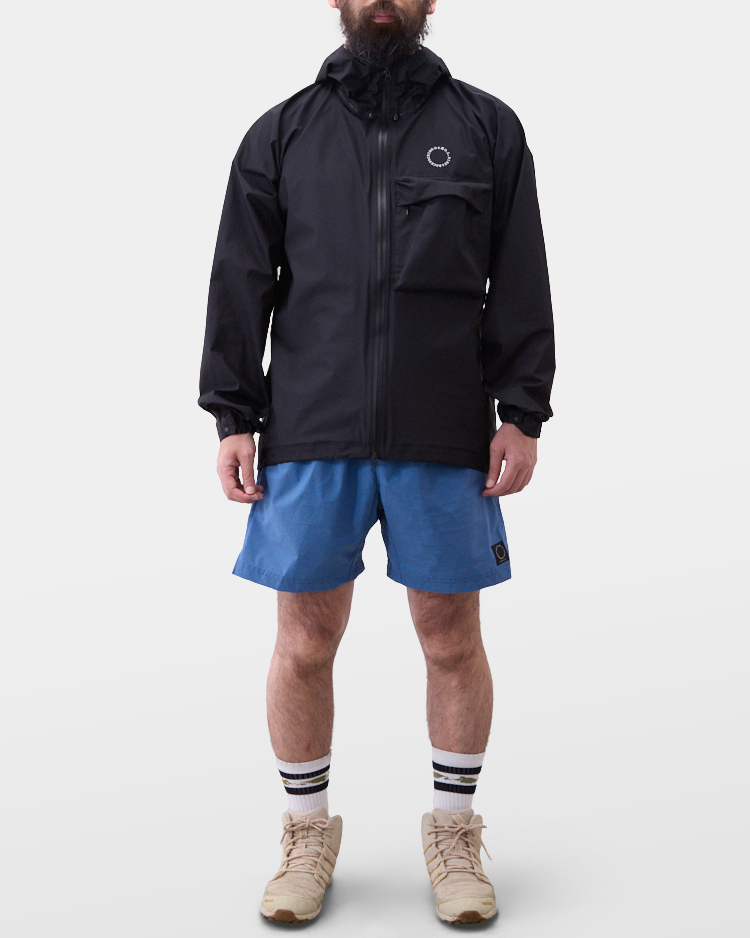

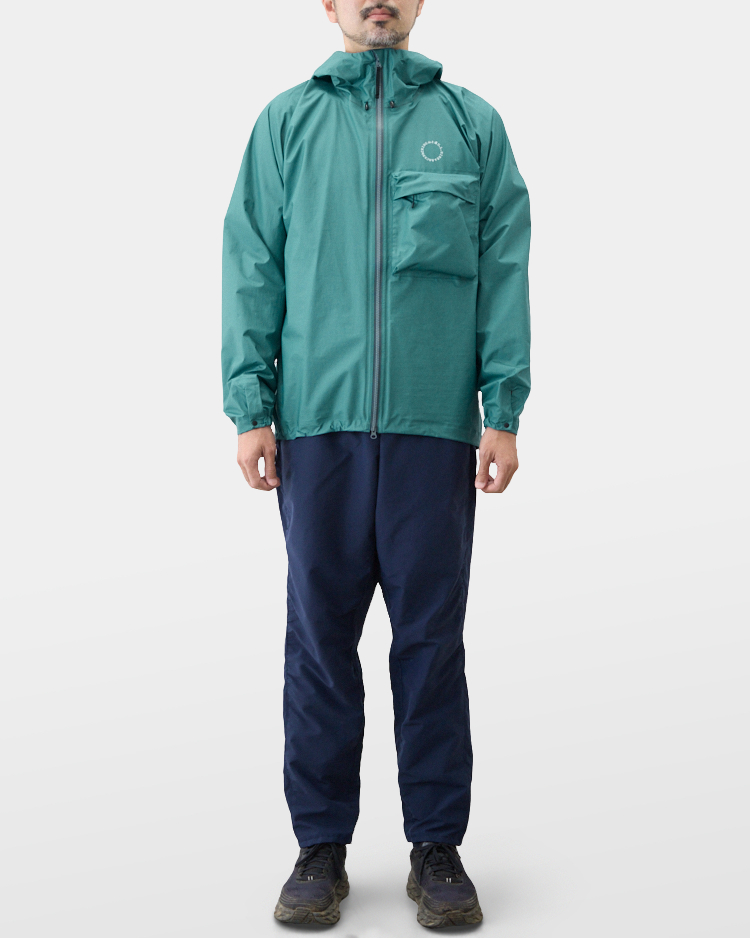

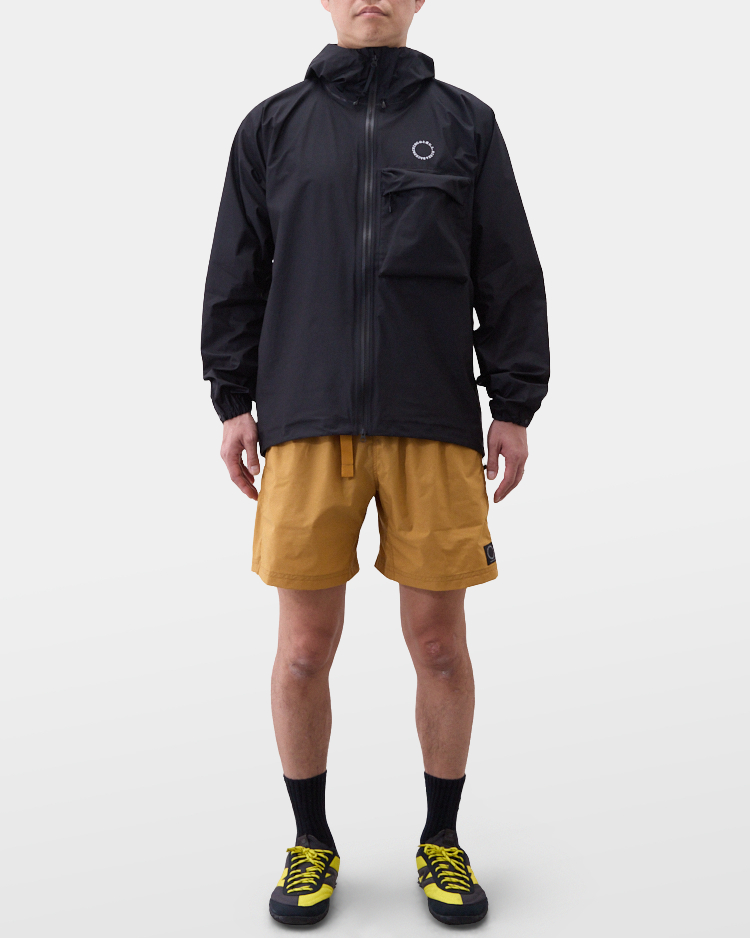

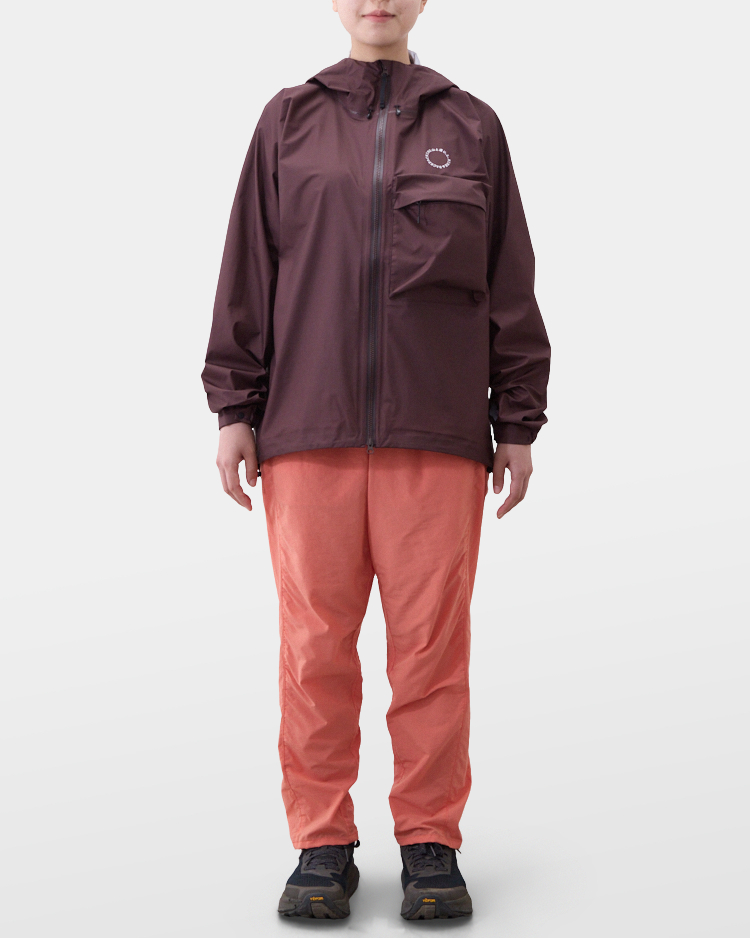
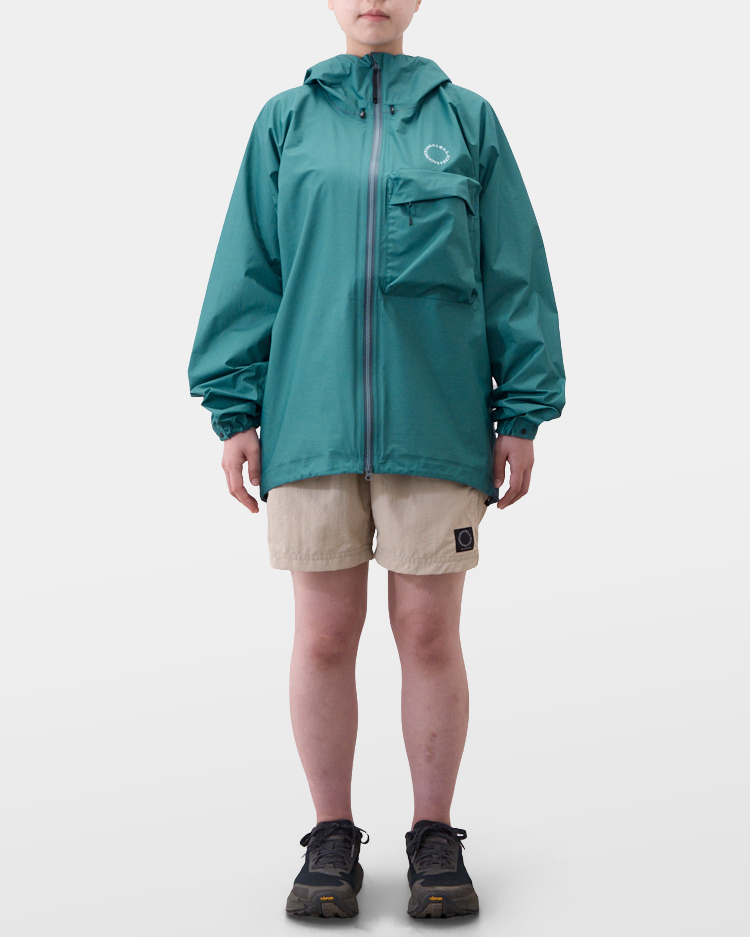
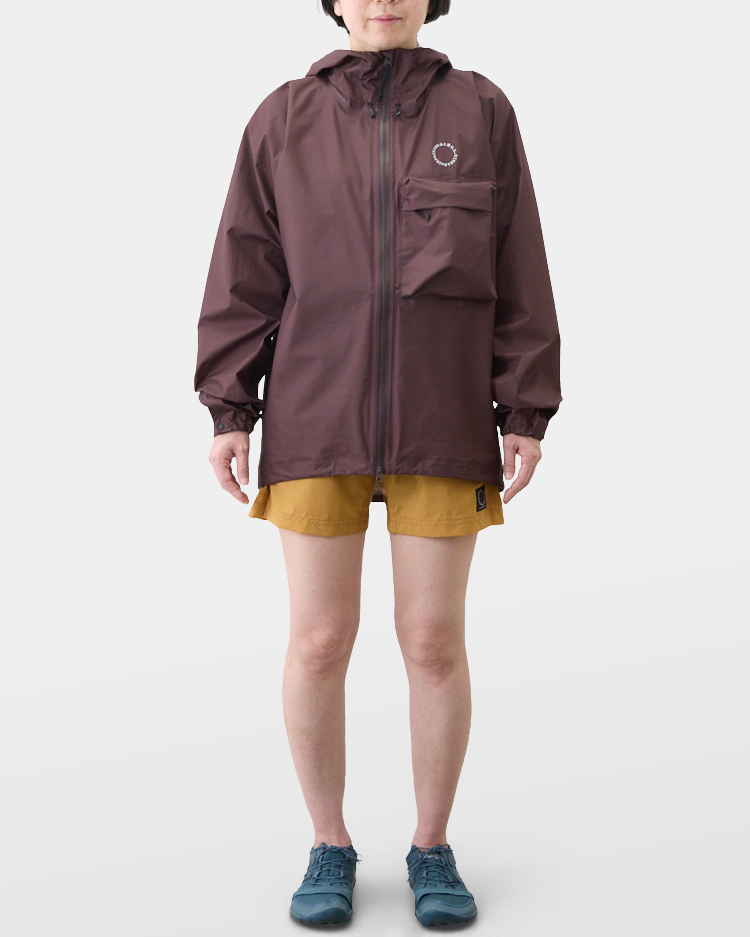
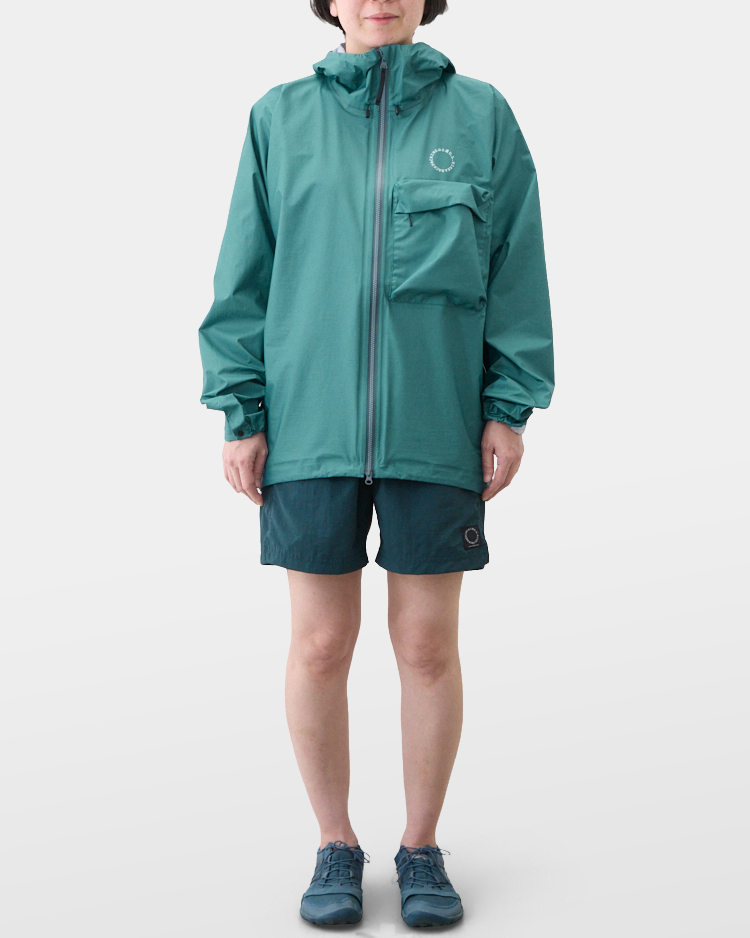
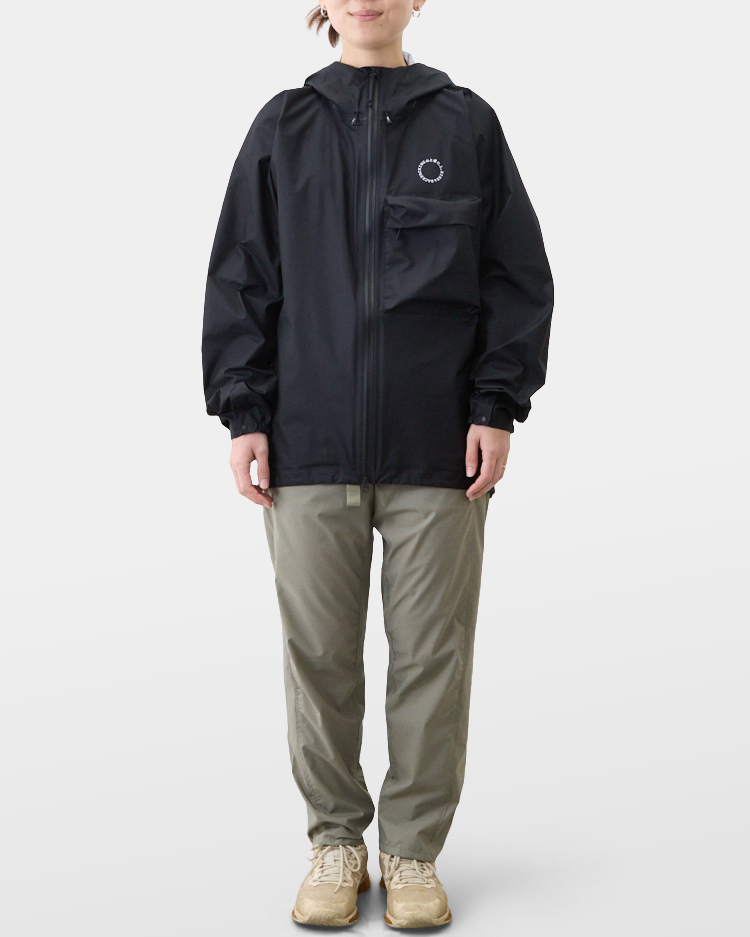
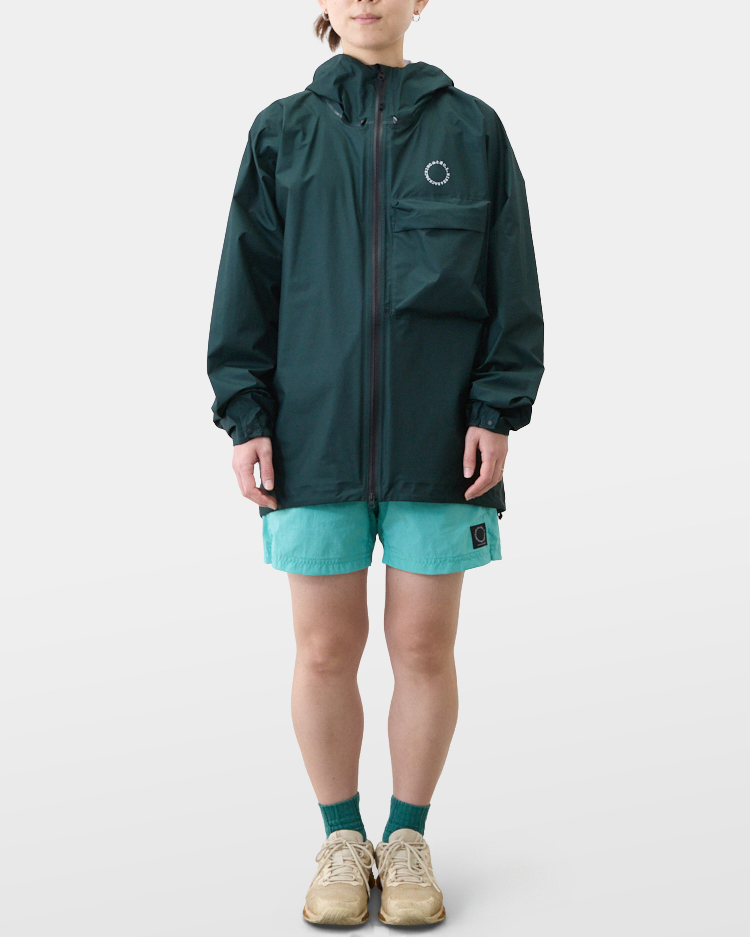

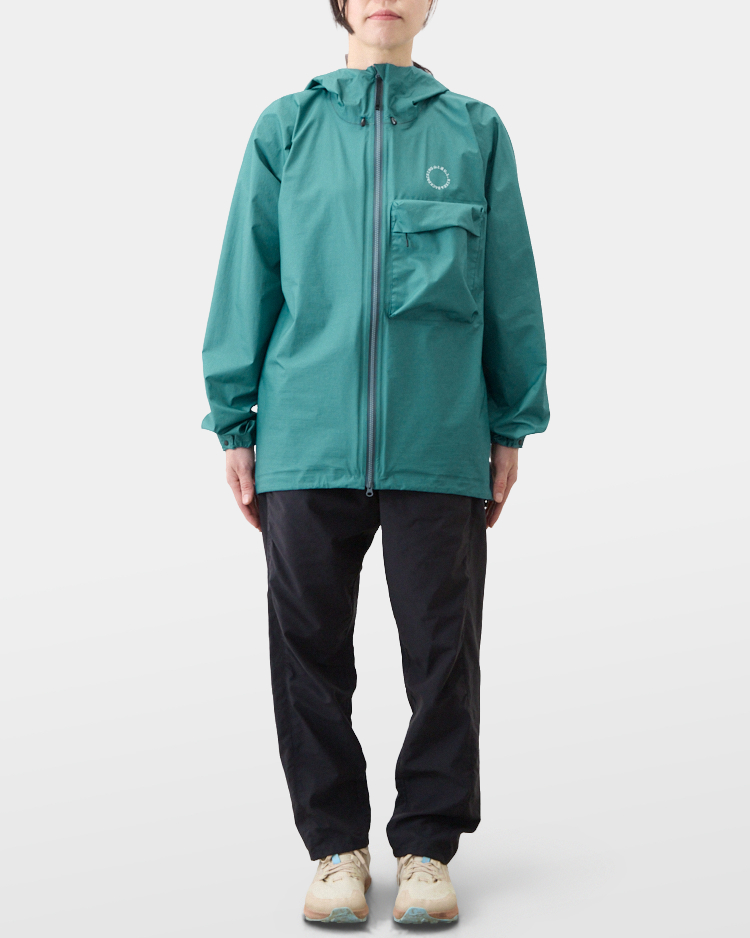
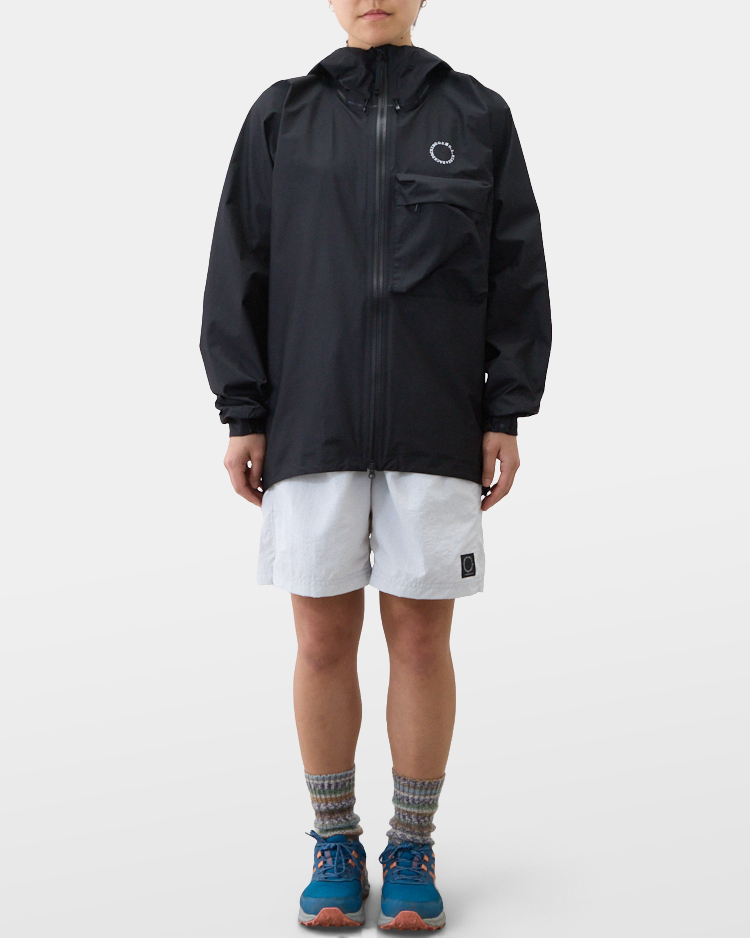
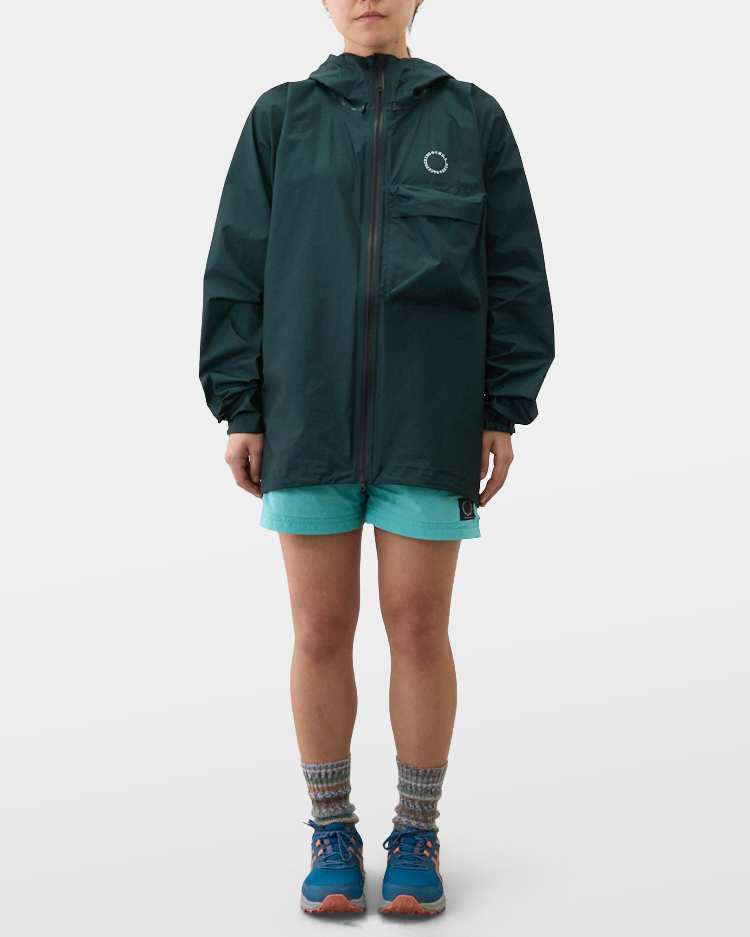
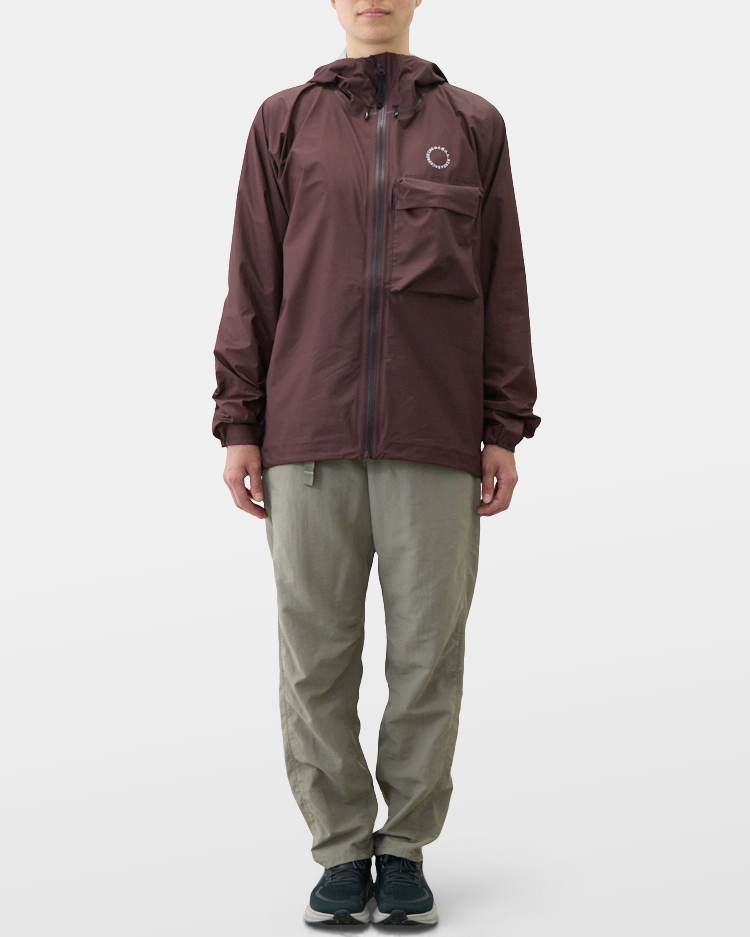
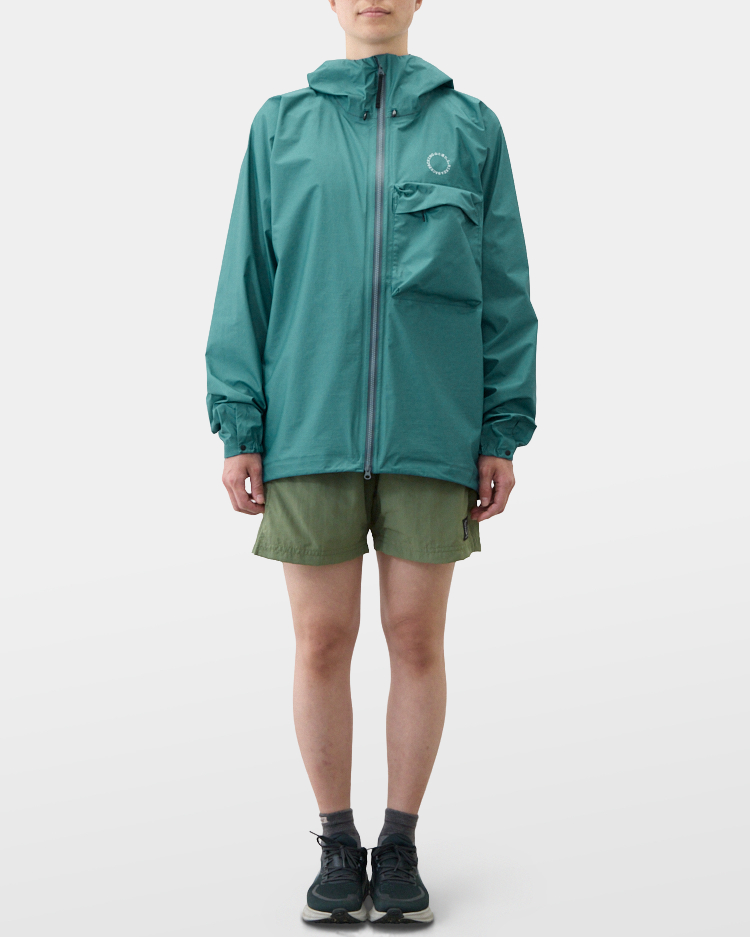
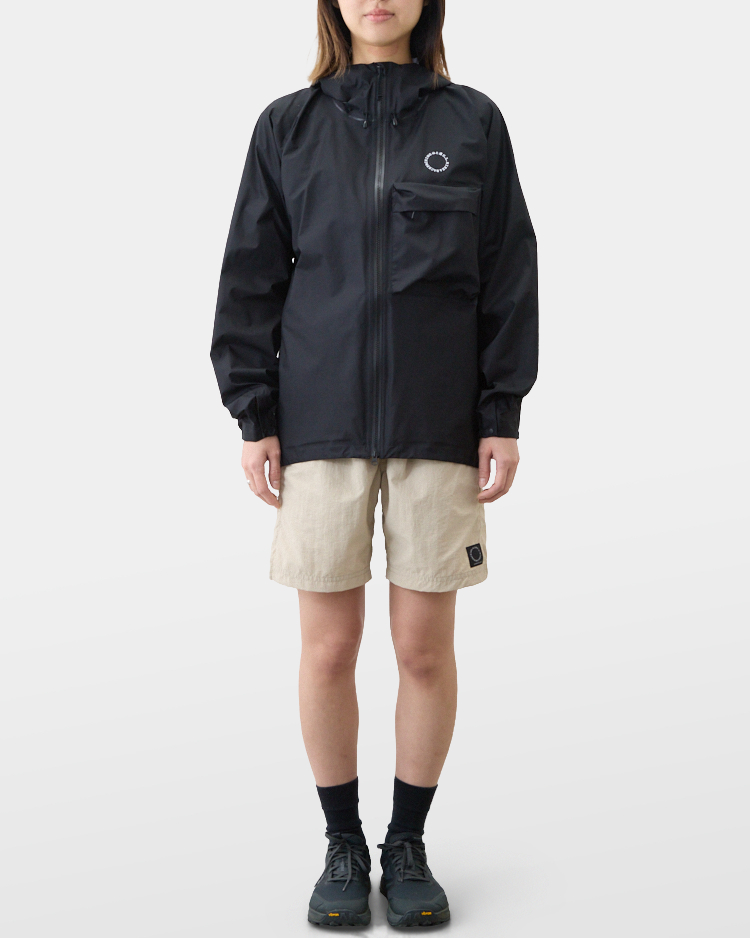
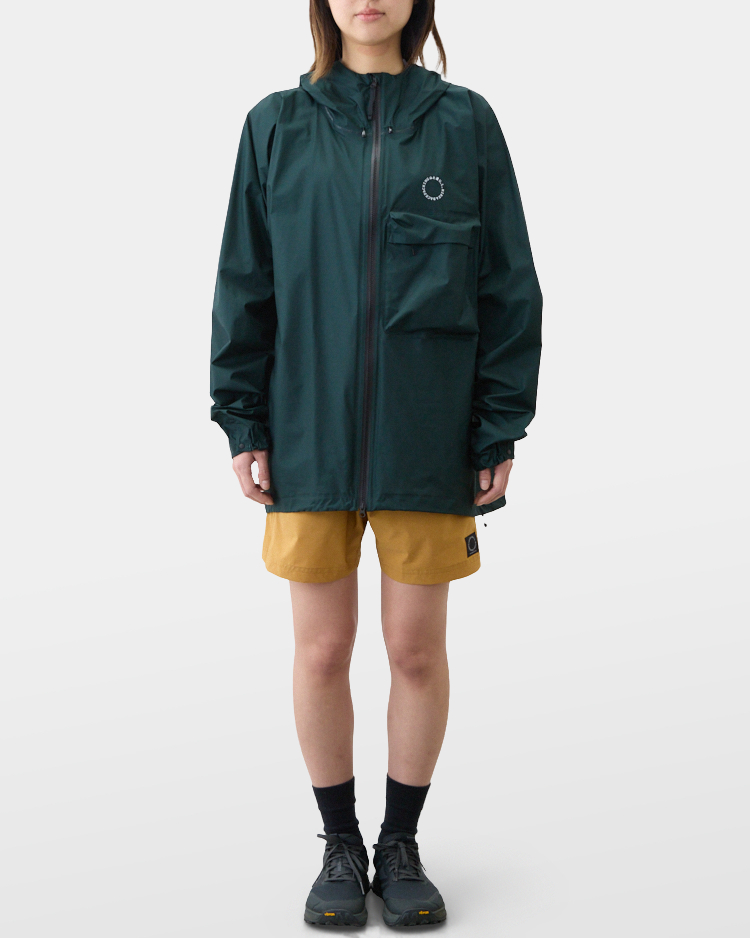
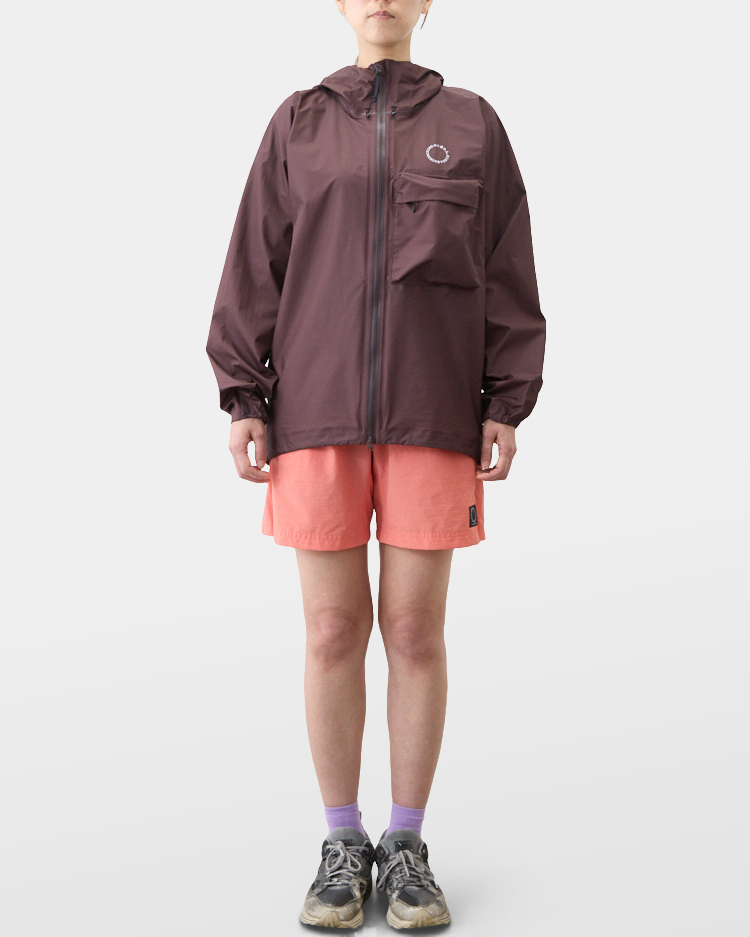
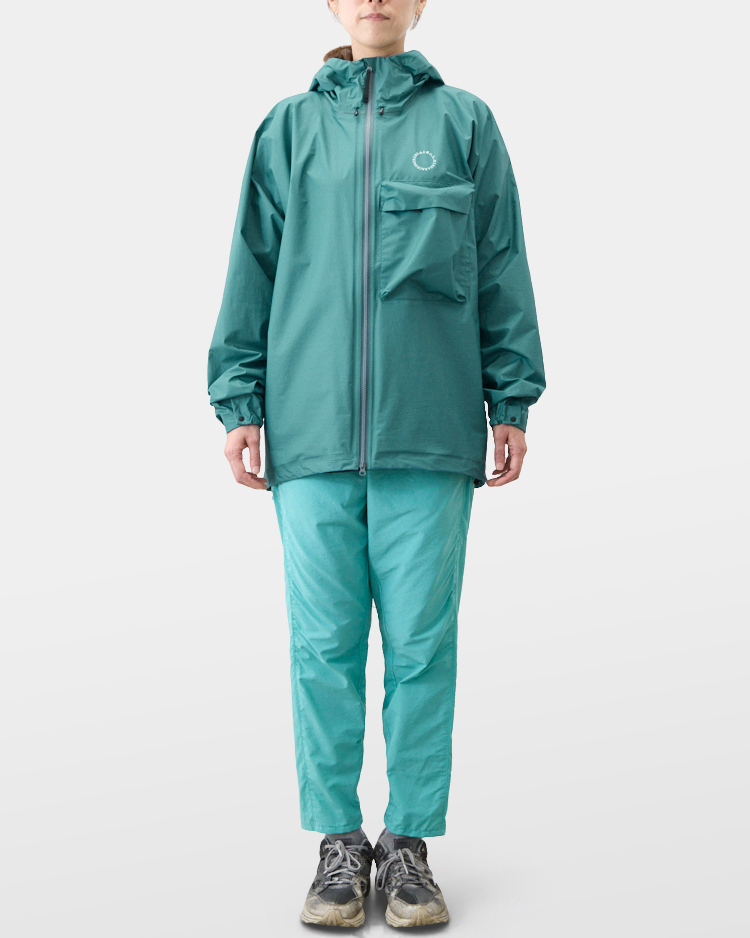
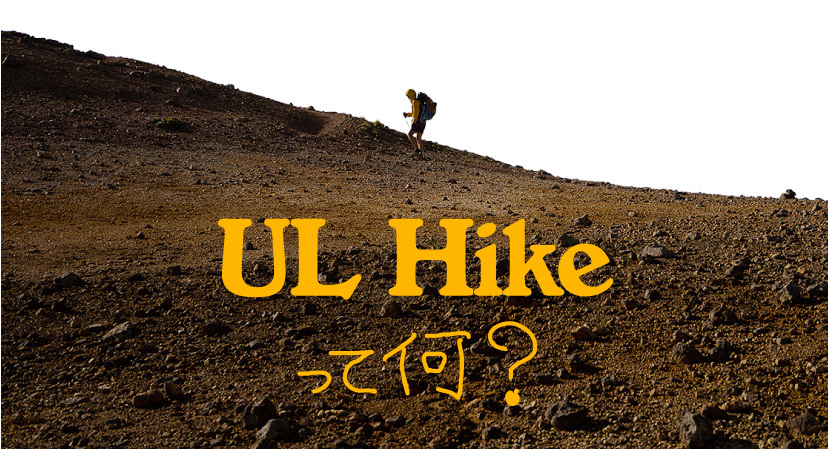
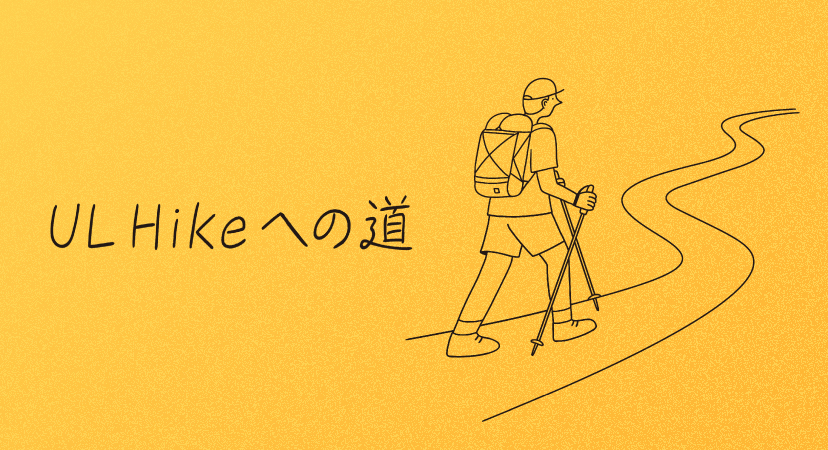
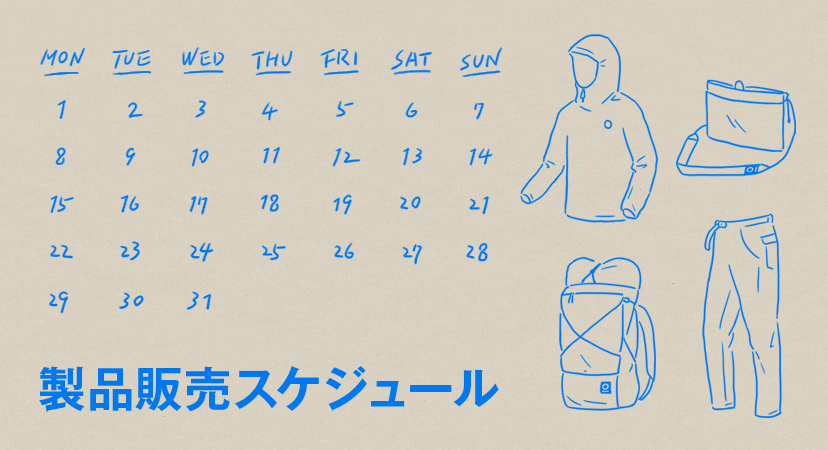
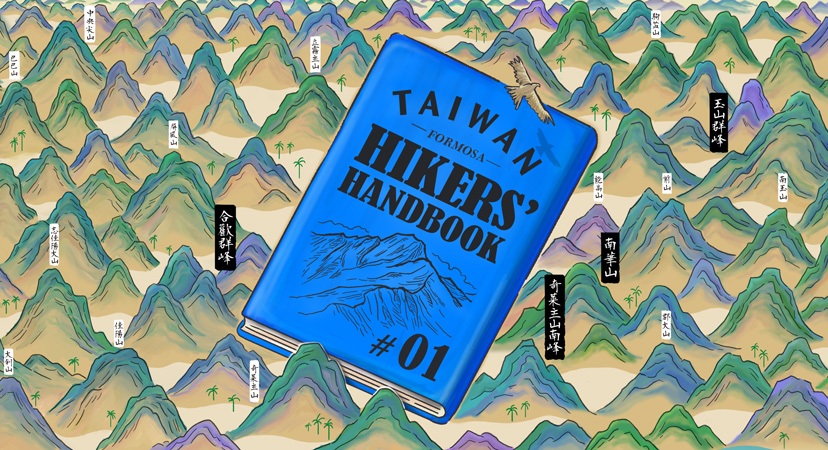
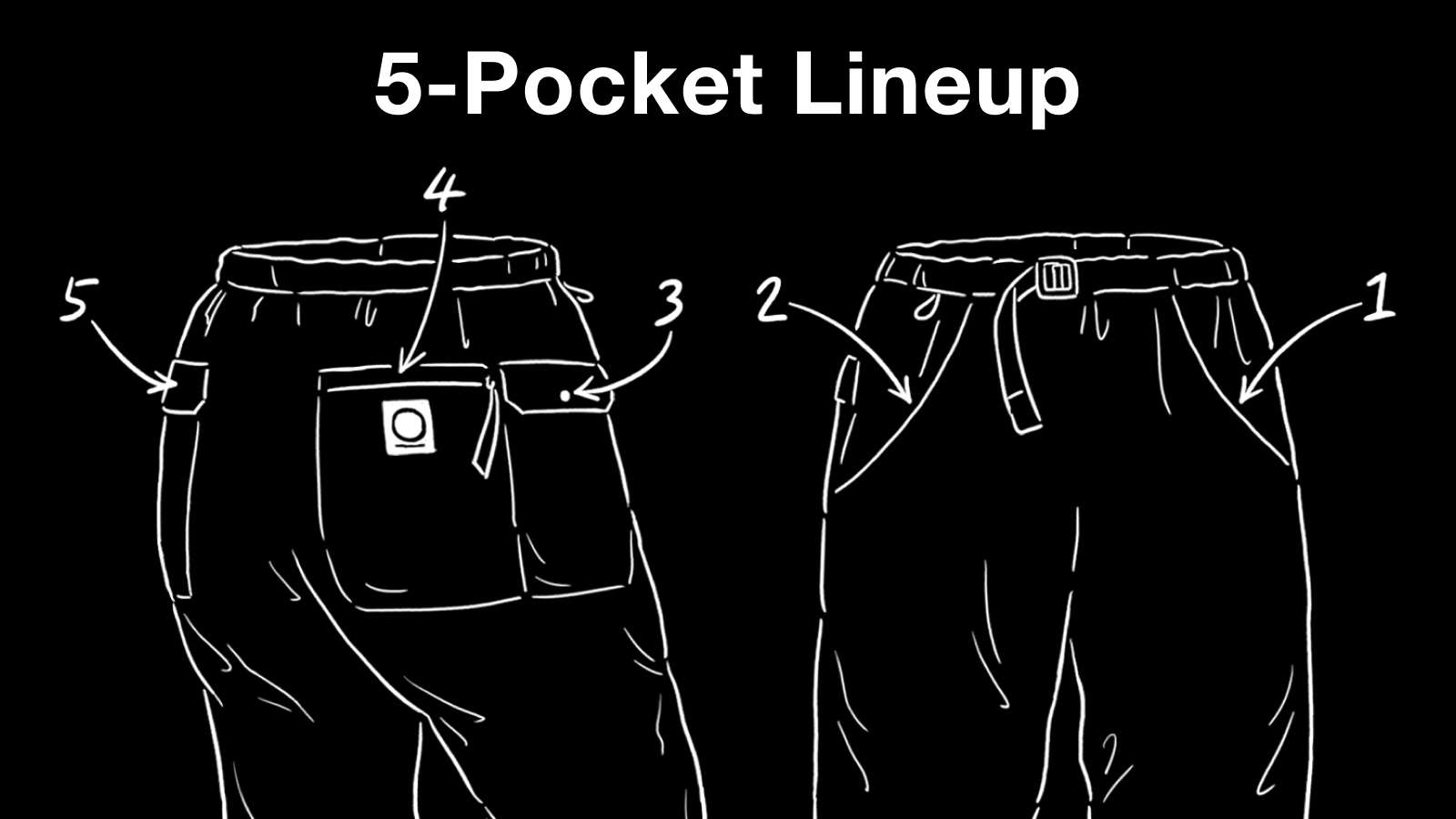



 MORE
MORE